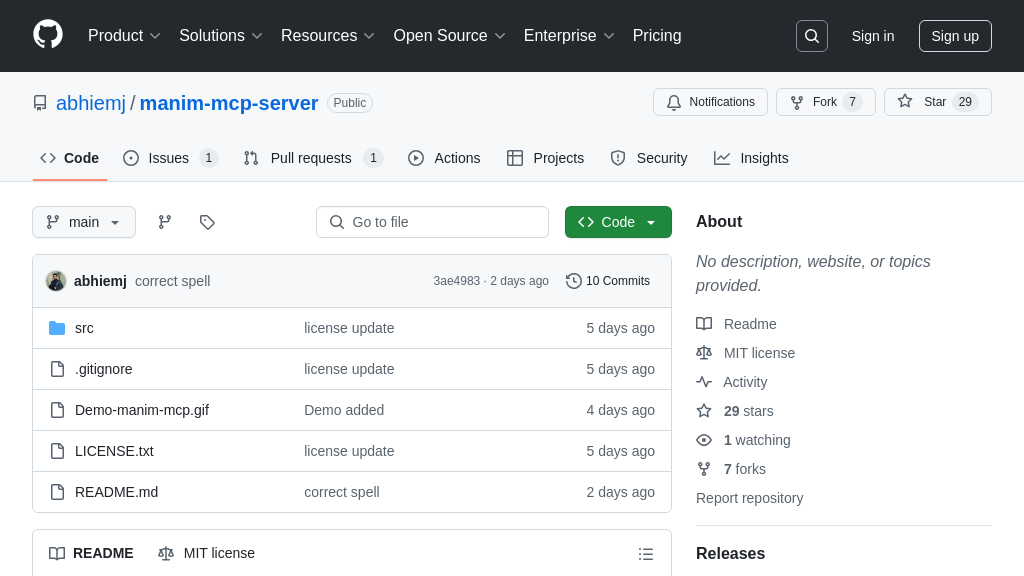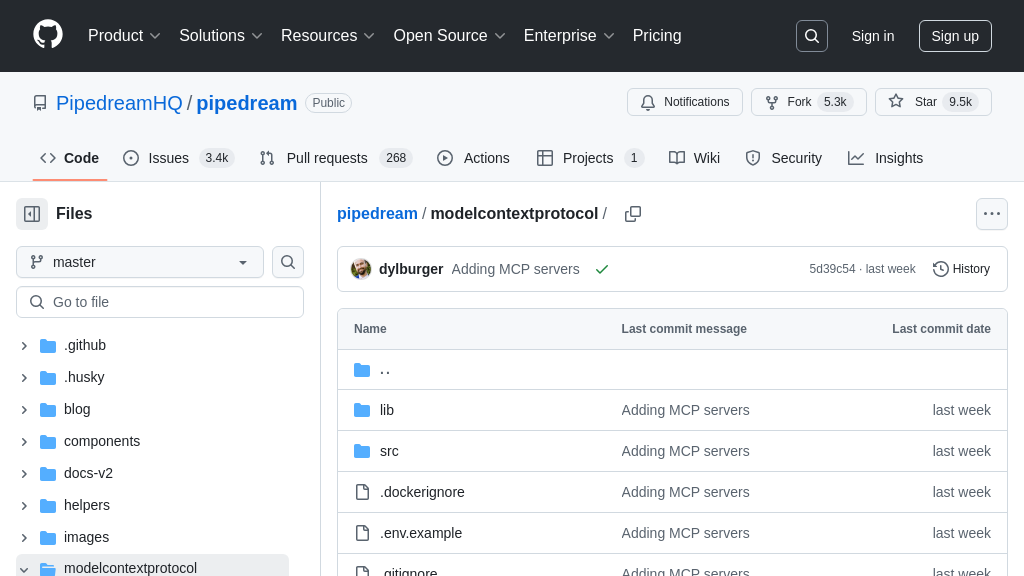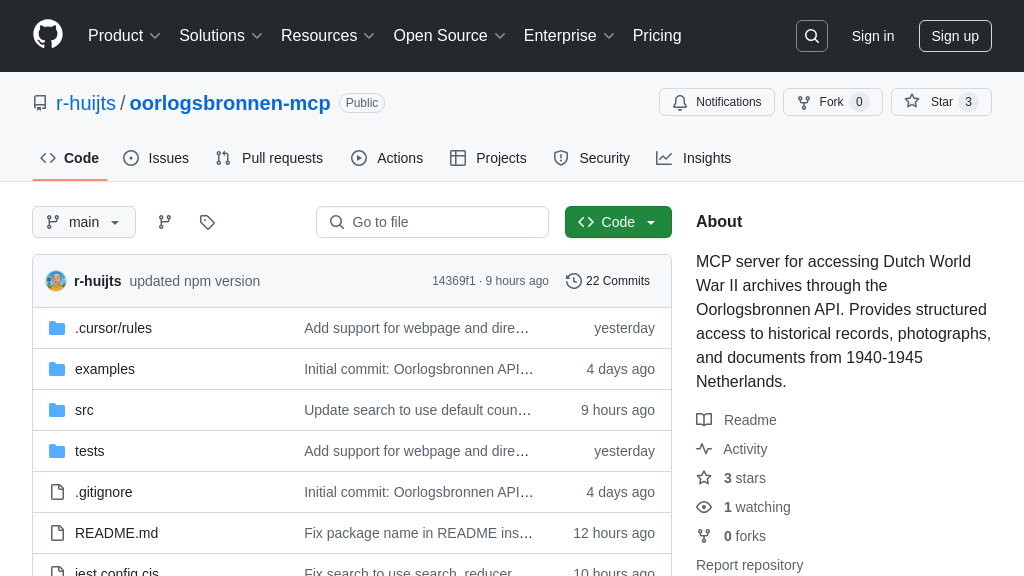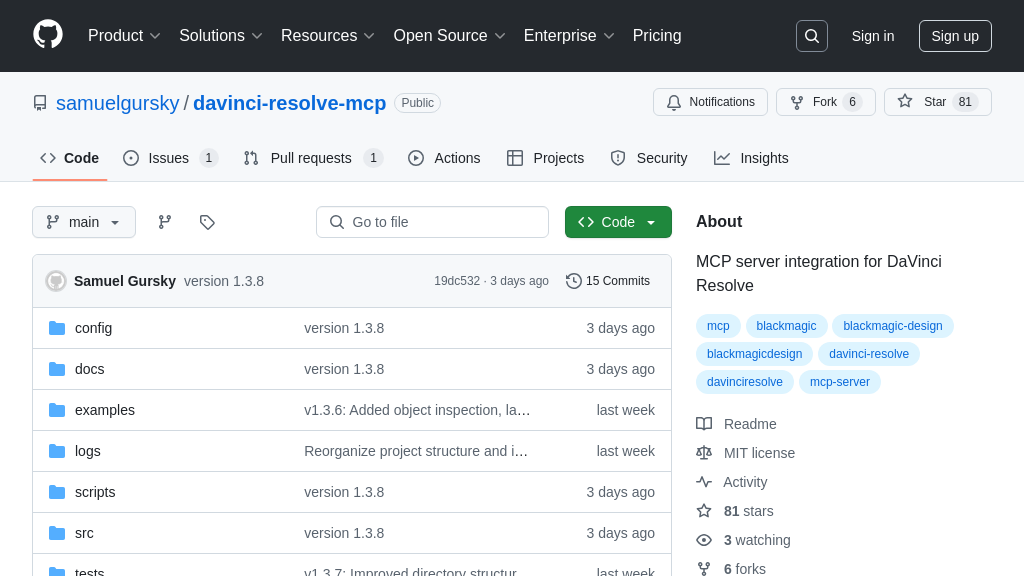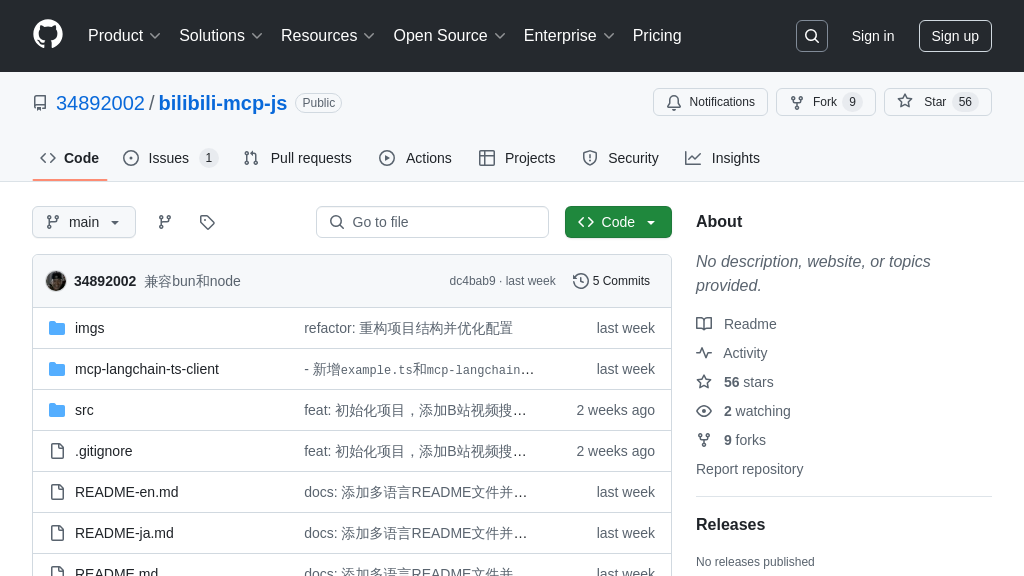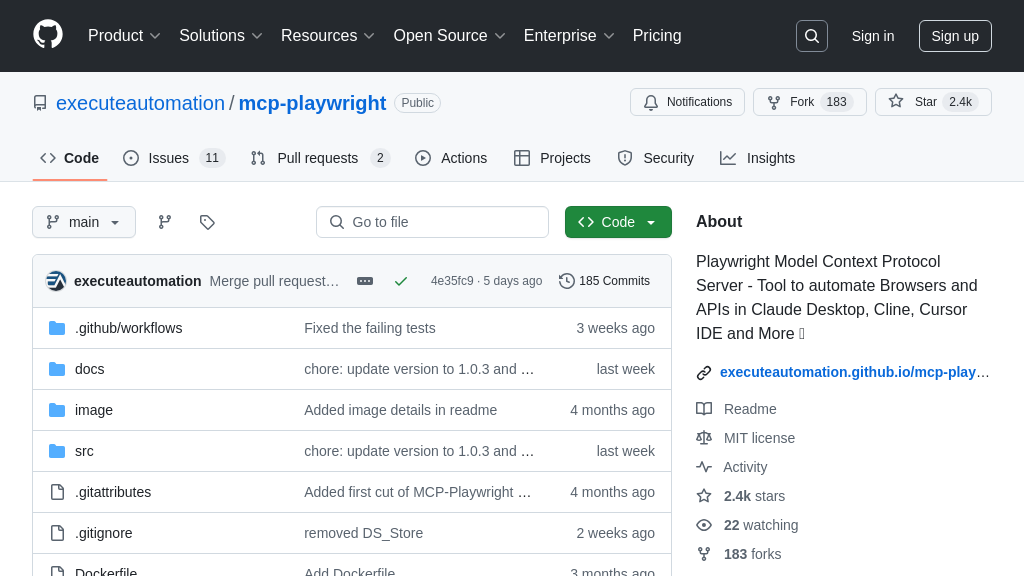mcp-dnstwist
DNStwist MCP Server: Detect typosquatting and phishing with AI-powered domain analysis.
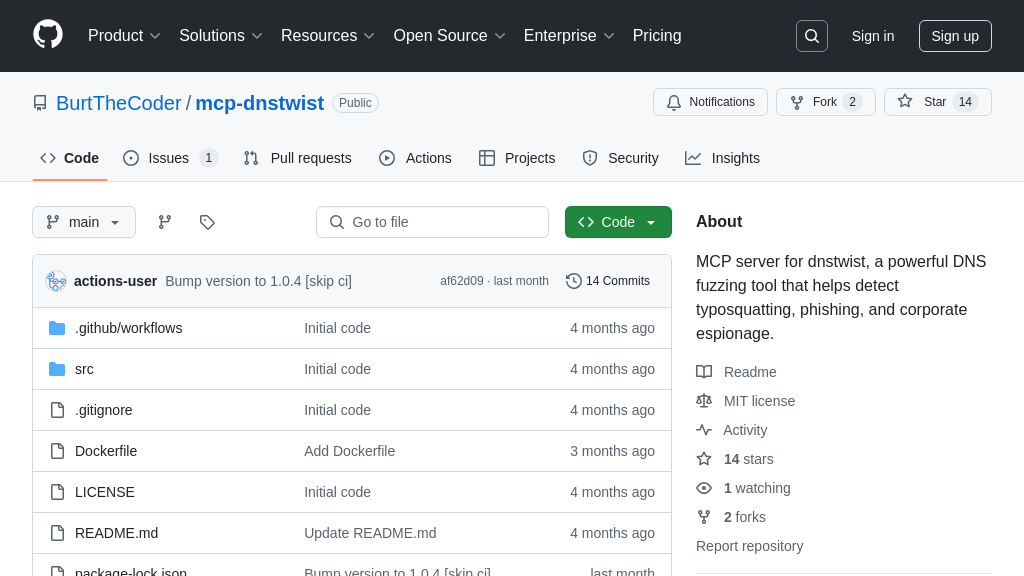
mcp-dnstwist Solution Overview
The DNStwist MCP server is a valuable tool for AI models needing to assess domain security risks. As an MCP server, it wraps the powerful dnstwist DNS fuzzing tool, enabling AI to detect typosquatting, phishing attempts, and potential corporate espionage. It works by generating permutations of a given domain and analyzing them for malicious activity.
This server seamlessly integrates with MCP-compatible clients, such as Claude Desktop, allowing AI models to leverage its domain analysis capabilities. Key features include domain fuzzing, registration checks, DNS record analysis, and HTTP banner capture. By providing these features through the MCP, the DNStwist server empowers AI models to proactively identify and mitigate domain-related threats, enhancing overall security posture. Installation is streamlined via Smithery or manual configuration, making it readily accessible to developers.
mcp-dnstwist Key Capabilities
Domain Permutation Generation
The core of mcp-dnstwist lies in its ability to generate a multitude of domain name variations based on a given input domain. It employs various fuzzing algorithms, including bit flipping, character insertion, deletion, transposition, and homoglyph substitution, to create potential typosquatting and phishing targets. This process mimics how attackers might register slightly altered versions of legitimate domains to deceive users. The generated permutations are then used in subsequent analysis steps to identify potentially malicious domains. This feature is crucial for proactive threat detection, allowing organizations to identify and mitigate risks before they are exploited.
Example: If the input domain is "example.com", mcp-dnstwist might generate variations like "examp1e.com", "examlpe.com", "exmaple.com", and "example.net".
Registration Status Verification
After generating domain permutations, mcp-dnstwist checks whether these domains are actually registered. This is a critical step because unregistered domains pose no immediate threat. The tool queries domain registration databases to determine the registration status of each permutation. By filtering out unregistered domains, mcp-dnstwist significantly reduces the noise and focuses on potential threats that are actively in use. This feature helps security analysts prioritize their investigations and allocate resources effectively. The registered_only parameter allows users to control whether unregistered domains are included in the output.
Example: The tool identifies that "examp1e.com" is registered but "examlpe.com" is not, focusing attention on the former as a potential threat.
DNS Record Analysis
mcp-dnstwist performs DNS analysis on the registered domain permutations, checking for A, AAAA, MX, and NS records. This analysis provides valuable insights into the purpose and infrastructure of the potentially malicious domains. For instance, the presence of MX records indicates that the domain is configured to receive email, which could be a sign of phishing activity. Examining the A and AAAA records reveals the IP addresses associated with the domain, potentially linking it to known malicious infrastructure. The NS records identify the authoritative name servers, which can provide further clues about the domain's origin and intent.
Example: The tool discovers that "examp1e.com" has MX records pointing to a suspicious mail server, raising a red flag for potential phishing.
HTTP Banner Capture
mcp-dnstwist can capture HTTP banner information from the web servers hosting the domain permutations. This involves sending HTTP requests to the domains and extracting information from the server's response headers, such as the server type, version, and any custom headers. This information can be used to identify the technologies used by the attacker and potentially uncover vulnerabilities. Furthermore, comparing the HTTP banner of a suspected typosquatting domain with that of the legitimate domain can reveal inconsistencies that indicate malicious intent. The banners parameter enables or disables this feature.
Example: The tool reveals that "examp1e.com" is running an outdated version of Apache with known vulnerabilities, increasing the risk assessment.
Configurable DNS Servers
mcp-dnstwist allows users to specify custom DNS servers for resolving domain names. This is particularly useful in environments where the default DNS servers are unreliable or subject to filtering. By configuring custom DNS servers, users can ensure that the tool can accurately resolve domain names and obtain the necessary information for analysis. This feature also allows users to test the tool's performance with different DNS providers and select the one that provides the best results. The nameservers parameter accepts a comma-separated list of DNS servers.
Example: A security analyst uses Google's public DNS servers (8.8.8.8, 8.8.4.4) to bypass local DNS filtering and obtain unfiltered results.
